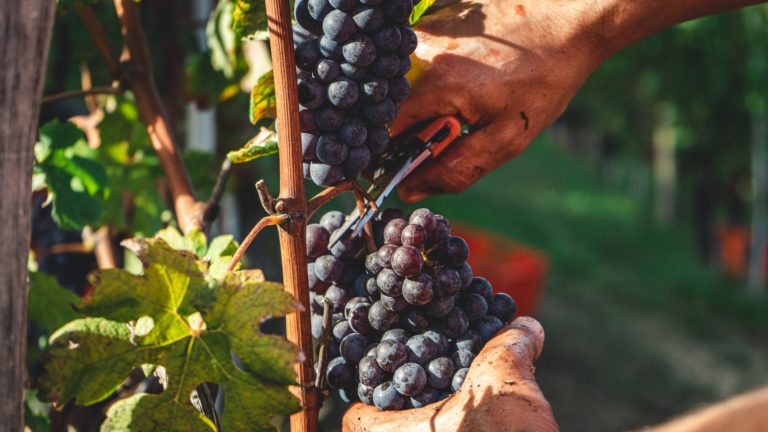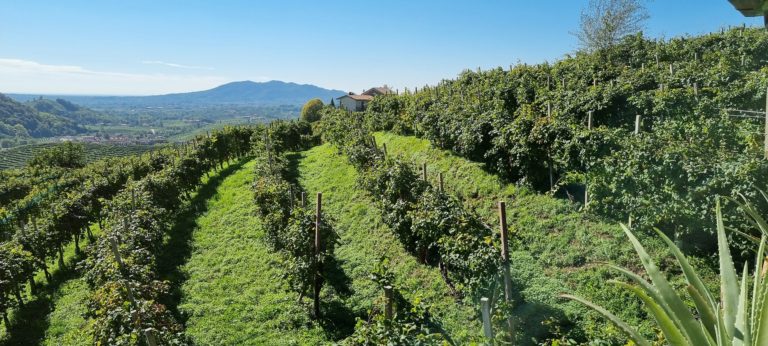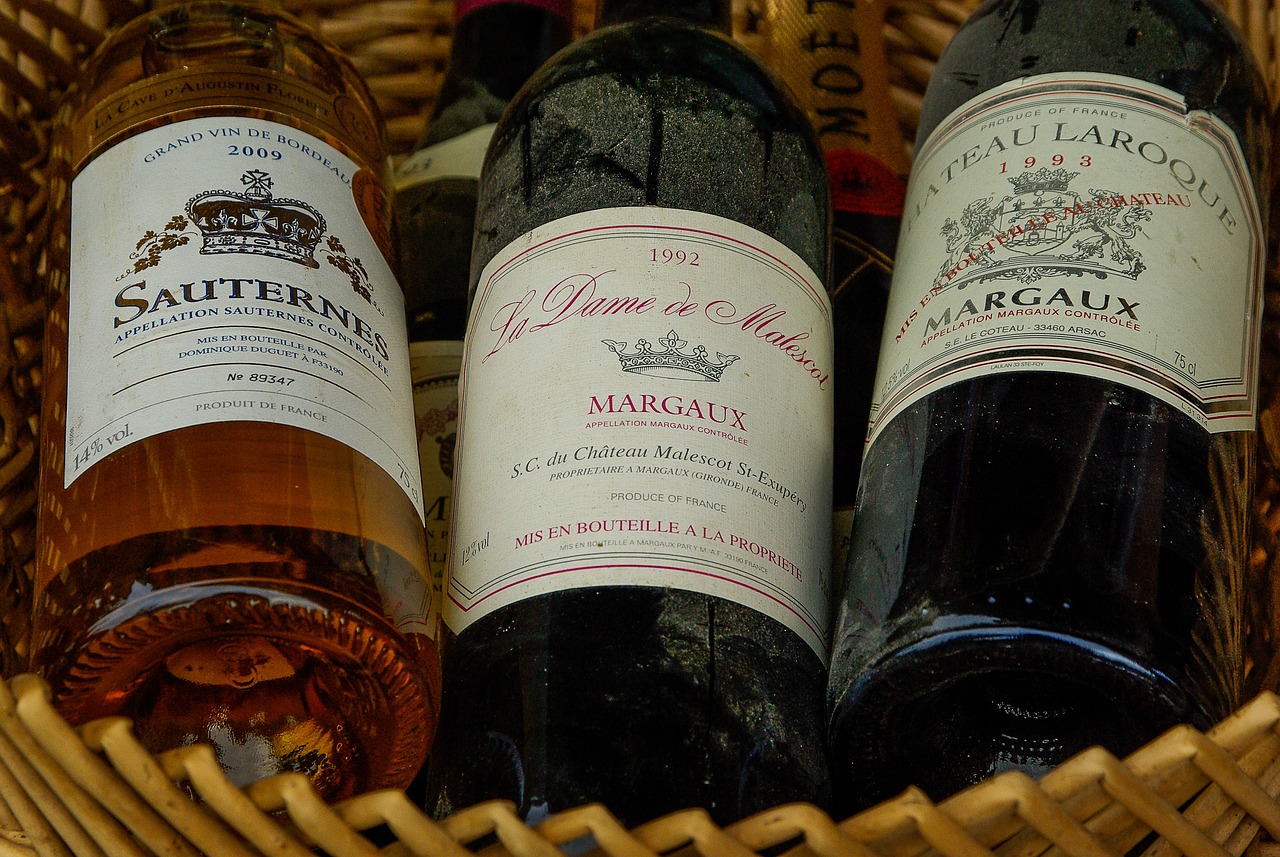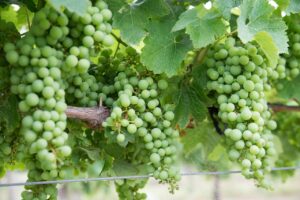Whether you’re a passionate wine lover, a budding sommelier, or a professional in the wine trade, the WSET Level 2 Award in Wines is a pivotal step in developing solid, structured wine knowledge. This globally recognized qualification is tailored to give students an in-depth understanding of the world of wine—from grape varieties and wine regions to food pairing and professional tasting techniques.
In this guide, we’ll walk you through:
An overview of the WSET Level 2 syllabus
The key topics covered
Who should take the course
The benefits of certification
How the course is structured and assessed
Let’s dive into the world of wine education and see why WSET Level 2 is a game-changer.
What is the WSET Level 2 Award in Wines?
The Wine & Spirit Education Trust (WSET) is one of the most respected wine education organizations in the world. Founded in 1969 in London, it offers a tiered structure of courses, each designed to build foundational and professional-level wine knowledge.
WSET Level 2 is a beginner-to-intermediate level qualification. It builds upon the introductory content in Level 1 but can also be taken directly by students who already have a basic understanding of wine. The course is perfect for those who want a thorough and internationally recognized wine education without committing to a full diploma (Level 4).

Who Should Take WSET Level 2?
WSET Level 2 is ideal for:
Wine enthusiasts who want to deepen their knowledge
Hospitality professionals (restaurant staff, sommeliers, hotel workers)
Retail wine staff and wine merchants
Wine bloggers and influencers
Importers, distributors, and anyone working in the wine trade
Wine Graduate students and oenologists engaging in continuous education
Whether you’re tasting wines at home or recommending bottles to customers, this course helps you speak confidently and accurately about wine.
Benefits of Taking WSET Level 2

Here are some of the key benefits:
1. Structured Knowledge
You’ll gain a comprehensive understanding of:
Grape varieties
Wine regions
Label terminology
Wine production techniques
2. Professional Wine Tasting Skills
You’ll be introduced to the WSET Systematic Approach to Tasting (SAT) at Level 2, learning how to assess wine quality, style, and potential for aging.
3. Global Recognition
WSET qualifications are recognized in over 70 countries. This certificate boosts your CV whether you’re applying for jobs in wine sales, hospitality, or tourism.
4. Confidence in Wine Selection
From reading wine labels to pairing wine with food, WSET Level 2 gives you the tools to choose and recommend wines with confidence.
5. Pathway to WSET Level 3 and Beyond
Level 2 prepares you for the more advanced WSET Level 3 Award in Wines, which goes deeper into viticulture, winemaking, and global wine regions.
Overview of the WSET Level 2 Syllabus

1. How Wine is Made
You’ll start by exploring how wine is produced—from the vineyard to the bottle. This section covers:
Vine growing (climate, soil, vineyard management)
Winemaking (fermentation, maturation, bottling)
How production methods affect style and quality
Key concepts:
The influence of climate (cool vs warm regions)
Decisions winemakers make at harvest and during vinification
Common terms like “oak-aged,” “lees contact,” or “malolactic fermentation”

2. Types and Styles of Wine
You’ll understand the main categories of wine:
Still wines
Sparkling wines
Fortified wines
This includes the factors that influence style:
Sweetness (dry, off-dry, sweet)
Body (light, medium, full)
Acidity, tannin, and alcohol level
3. Principal Grape Varieties and Their Characteristics
A major focus of the course is on key international grape varieties. You’ll learn about:
White grapes: Chardonnay, Sauvignon Blanc, Riesling, Pinot Grigio, Gewürztraminer
Black grapes: Cabernet Sauvignon, Merlot, Syrah/Shiraz, Pinot Noir, Tempranillo
For each grape, you’ll study:
Typical regions where it’s grown (Old World and New World)
Flavor profiles and aromas
Styles of wine it produces (e.g., oaked vs unoaked)
Label terminology (e.g., AOC, DOC, IGT, varietal labeling)

4. Wine-Producing Regions of the World
You’ll explore the major wine regions, including:
France:
Bordeaux
Burgundy
Loire Valley
Rhône Valley
Alsace
Italy:
Tuscany
Veneto
Piedmont
Spain:
Rioja
Ribera del Duero
Rías Baixas

Germany:
Mosel
Rheingau
New World regions:
USA (California)
Chile (Central Valley)
Argentina (Mendoza)
South Africa (Stellenbosch)
Australia (Barossa, Hunter Valley)
New Zealand (Marlborough)
Each region is explored in terms of:
Grape varieties
Climate and geography
Typical wine styles and quality levels
5. Food and Wine Pairing
You’ll learn the basic principles of food and wine pairing, including:
How sweetness, acidity, salt, umami, and spice affect wine perception
How to balance or contrast flavors for a better match
Guidelines for pairing red, white, sparkling, and fortified wines with different dishes
This section gives you the practical skills to make intelligent food and wine choices.

6. Understanding Labels
Decoding wine labels is essential for both professionals and consumers. You’ll learn:
How to read European vs. New World labels
What terms like “Reserva,” “Grand Cru,” or “Single Vineyard” indicate
How grape variety, origin, producer, and vintage inform style and quality
7. Storage, Service, and Faults
This section includes:
Best practices for wine storage (temperature, humidity, light)
How to open and serve wine correctly
Recommended glassware
Recognizing common wine faults (cork taint, oxidation, etc.)
8. Sparkling and Fortified Wines
You’ll explore:
Sparkling wine methods (traditional, tank, carbonation)
Key styles like Champagne, Prosecco, Cava, and Crémant
Fortified wines such as Sherry and Port
How production affects style and sweetness

Course Format and Assessment
WSET Level 2 is typically delivered over:
3 consecutive days (intensive course)
6-8 weeks (part-time/evening course)
Online format (with tutor support and tasting samples)
The final exam includes:
50 multiple-choice questions
60 minutes
Pass mark: 55%
There is no tasting exam, but you will taste approximately 40 wines during the course to apply your knowledge.
Is WSET Level 2 Difficult?
Level 2 is accessible and well-structured, but it does require study. While not as in-depth as Level 3, you’ll still need to:
Memorize key grape varieties and regions
Understand technical terms
Practice tasting with the SAT method
Many students report that Level 2 strikes a great balance between academic content and fun.
Final Thoughts: Is WSET Level 2 Worth It?
Absolutely. Whether you’re working in wine or just passionate about it, WSET Level 2 opens doors to:
Better wine choices
Career advancement
Deeper enjoyment and appreciation of wine
It’s a smart investment in your palate and your future.
Ready to Get Started?
Many accredited WSET providers offer courses online and in person around the world. Before enrolling, make sure the provider is certified and offers adequate tasting opportunities—even for remote learners.
If you’re passionate about wine, this is your moment to take your knowledge to the next level.
Stay curious. Sip mindfully. And never stop exploring the world of wine.






